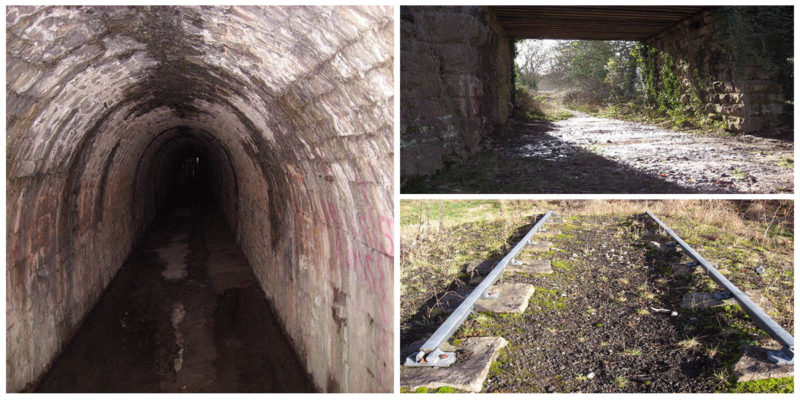The Avon and Gloucestershire Railway is a five and a half mile standard gauge single track that was used to transport coal to the River Avon from mines in the Coalpit Heath area, near Bristol, England.
Known locally as the Dramway, it was incorporated in 1828 as a branch line to the Bristol and Gloucestershire Railway and funded by the Kennet and Avon Canal Navigation Company. The line opened in 1832.
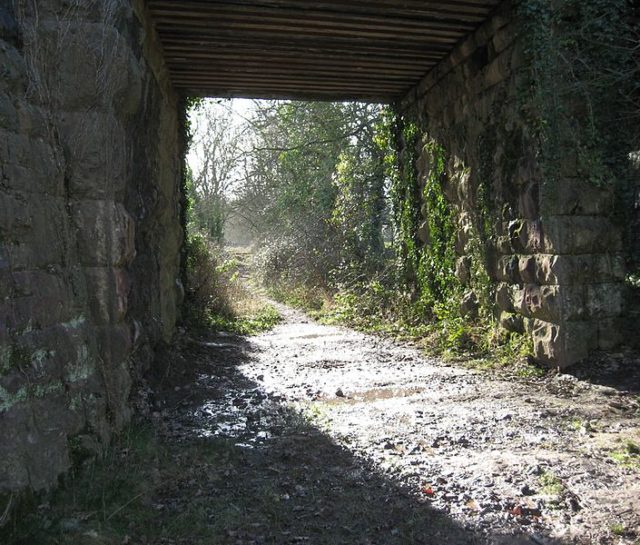
At this time, a number of coal mines were opening up the Bristol and Somerset Coalfield in both the east and north side of the city. Day after day, the miners were painstakingly extracting coal from the earth’s womb, but their effort would be for nothing if the coal could not reach its predetermined destination – galvanizing the Industrial Revolution.
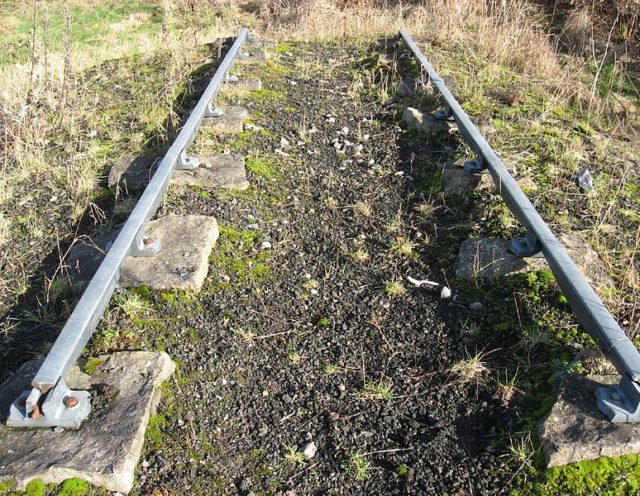
These were the days when heavy material was often still hauled by horse and cart to transfer it from point A to point B, and the coal from these pits was no exception. The Bristol and Gloucestershire Railway was the solution for the coal business in this area. It still relied on horsedrawn wagons to transport the coal to the docks at Bristol harbor, but these ran on the sturdy iron railway line. Later, steam-powered locomotives also ran on the line.
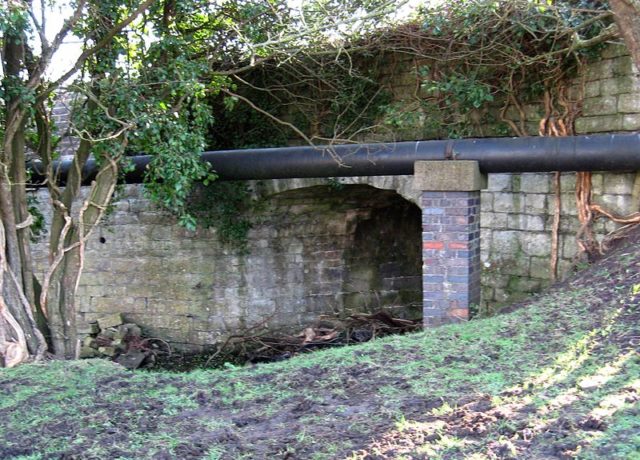
Canals and rivers were also vital transport networks, but still the problem remained of bringing the goods from the coal pits to the waterways to meet the rising demand for coal in Bristol and beyond. It was for this reason that the Avon and Gloucestershire Railway was opened, to form a link to the Kennet and Avon Canal where it connects with the River Avon, near Keynsham. The dock on the River Avon at that time was known as The Backs.
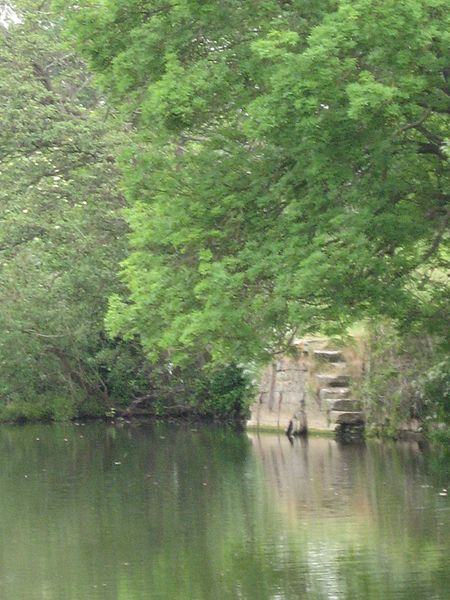
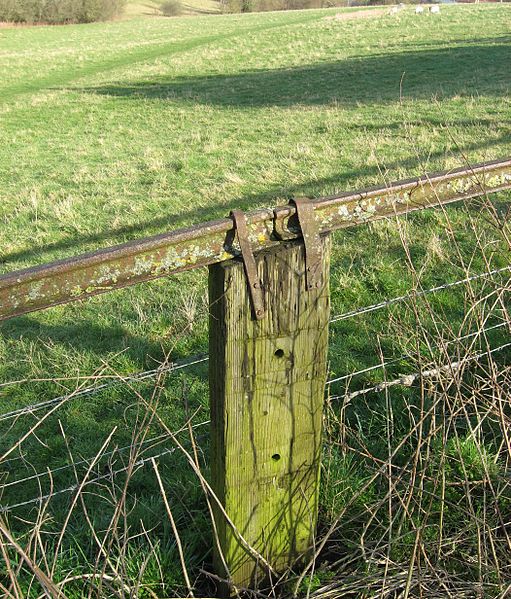
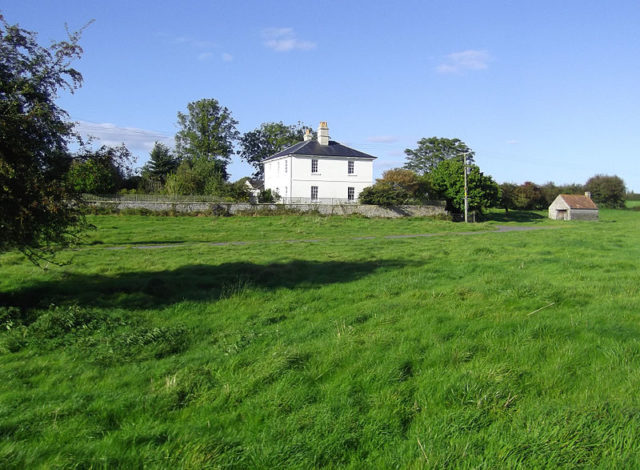
The railway was running at full steam right from its inception. It’s vital link in the transportation chain helped reduce the price of coal from four to three shillings.
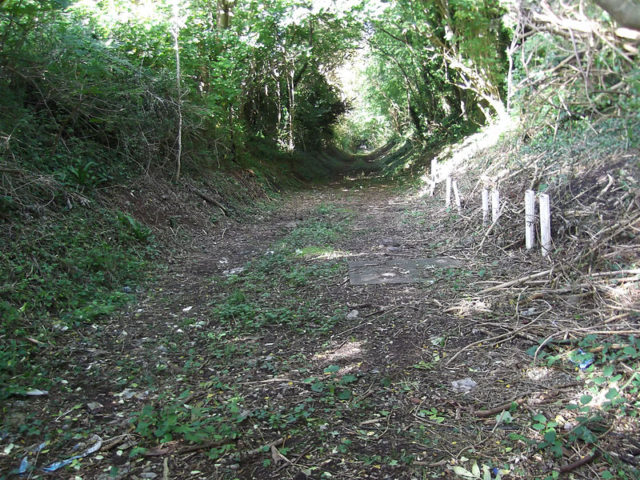
The line ran flawlessly until July 1, 1851. On this date, the Kennet and Avon Canal Navigation Company became part of the Great Western Railway, who after some years found no more use for Avon and Gloucestershire Railway line and it was left abandon and forgotten. The last log found in their book of operations bears the date of January 1867.
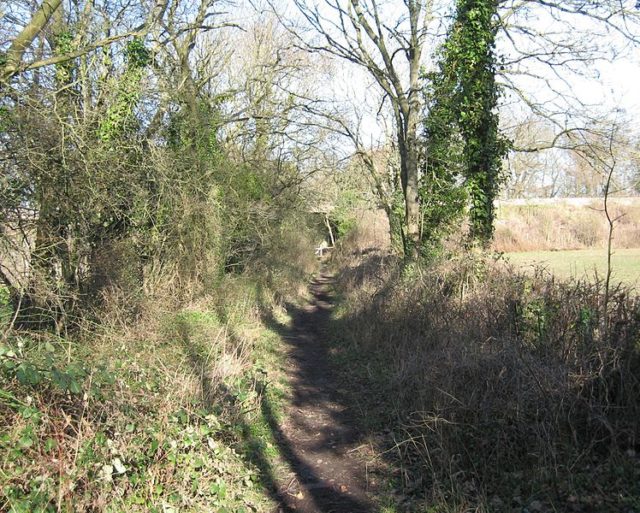
Almost a decade later, the line became active once more. Once renovated, the line was able to carry around 60 tons of coal every single day. It was repaired and run by the California Colliery up until January 30, 1904. Two years later the Great Western Railway announced that the line was formally closed.
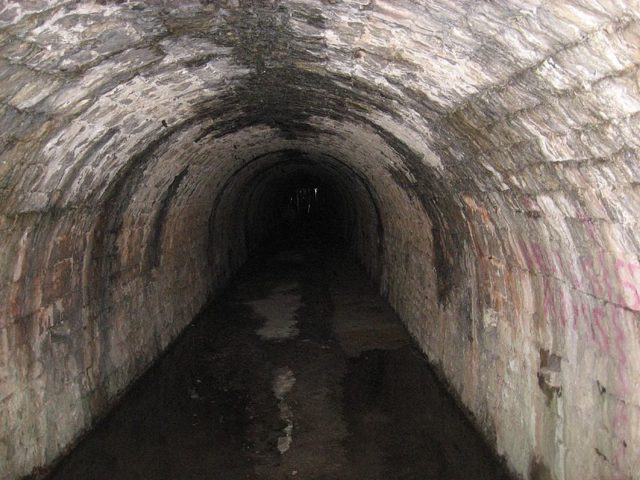
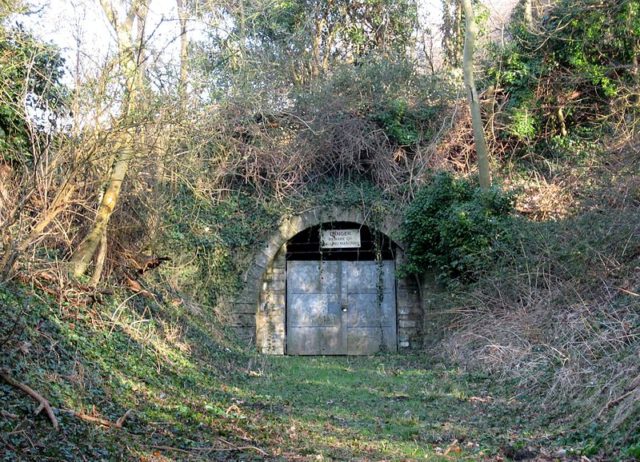
The Willsbridge Tunnel found along this line was once more put to use during the second world war as an air-raid shelter. After that period, it was used as a place to grow mushrooms. Today it is possible to walk along large sections of the the old rail track by following the 9 mile Dramway Path, part of a network of local footpaths managed by South Gloucestershire Council.
